The Manor House and Gardens (See Heritage Trail point 16) were originally built and laid out by George Reed.
The map below (1844 – 88 O.S. MAP) shows the property at the time of the Reed family occupancy (304).
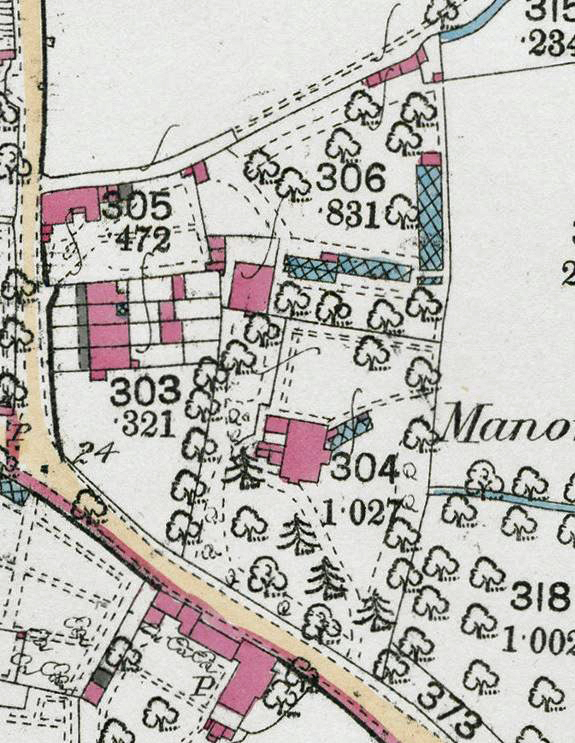
The extent of the glasshouses in which George Reed grew his prize orchids, amongst other things, can clearly be seen in cross-hatched blue.
A town plan of 1852 actually gives detail of the layout of Reed’s garden (though unfortunately rather faint) as shown in the ‘enhanced’ picture below. The stable and glasshouses can be seen at top.
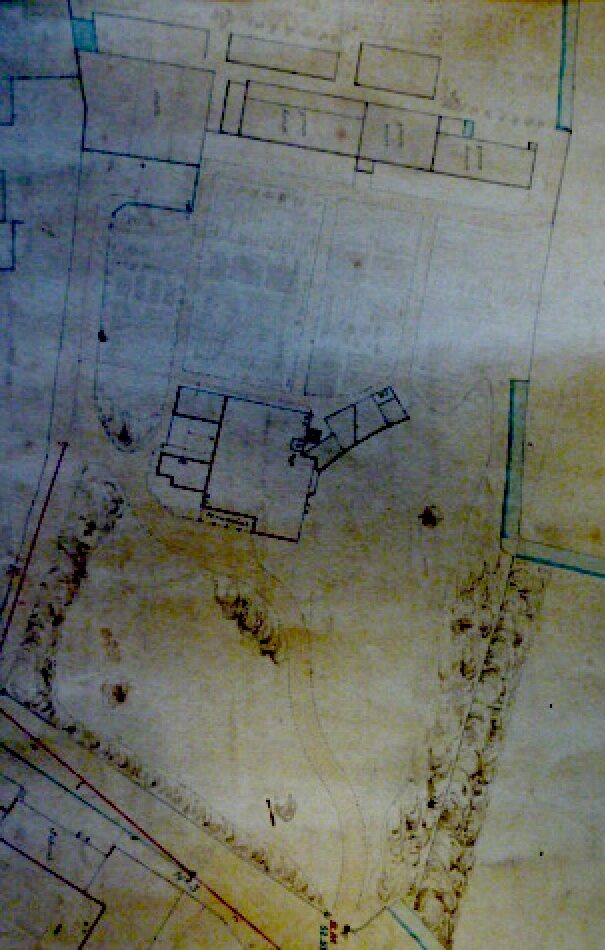
The Bridgwater Mercury reported in 1859:
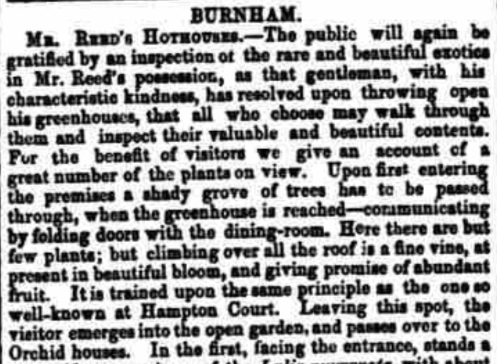
THE BODGERS
The Bodgers were a famous English family of seed growers who eventually emigrated to the U.S. and founded ‘John Bodger and Son’ Seed Company of California, which grew into one of the largest flower seed suppliers in the States. Before John and his son emigrated they were employed as gardeners at the Manor. This was after George Reed’s time. During the 1890’s they had a shop in College St. In Whitby’s Trade DIrectory of Bridgwater 1893, John Bodger is shown as the secretary of the local Oddfellows group (Manchester Unity) based in Victoria St.
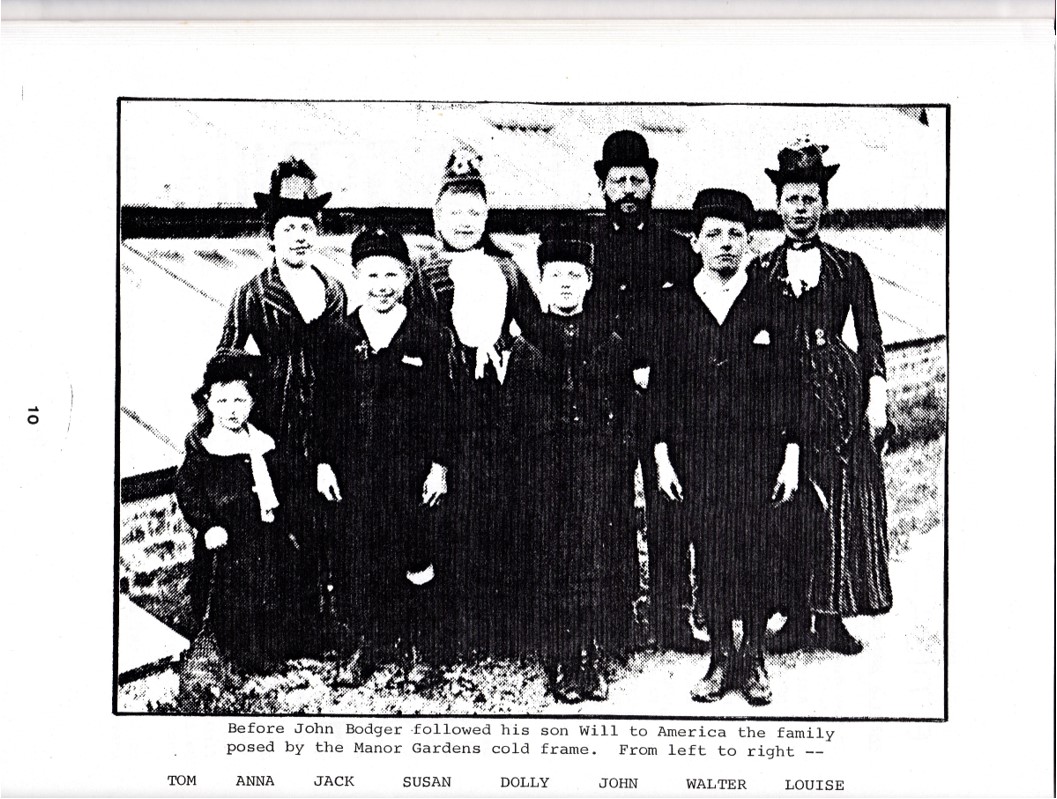
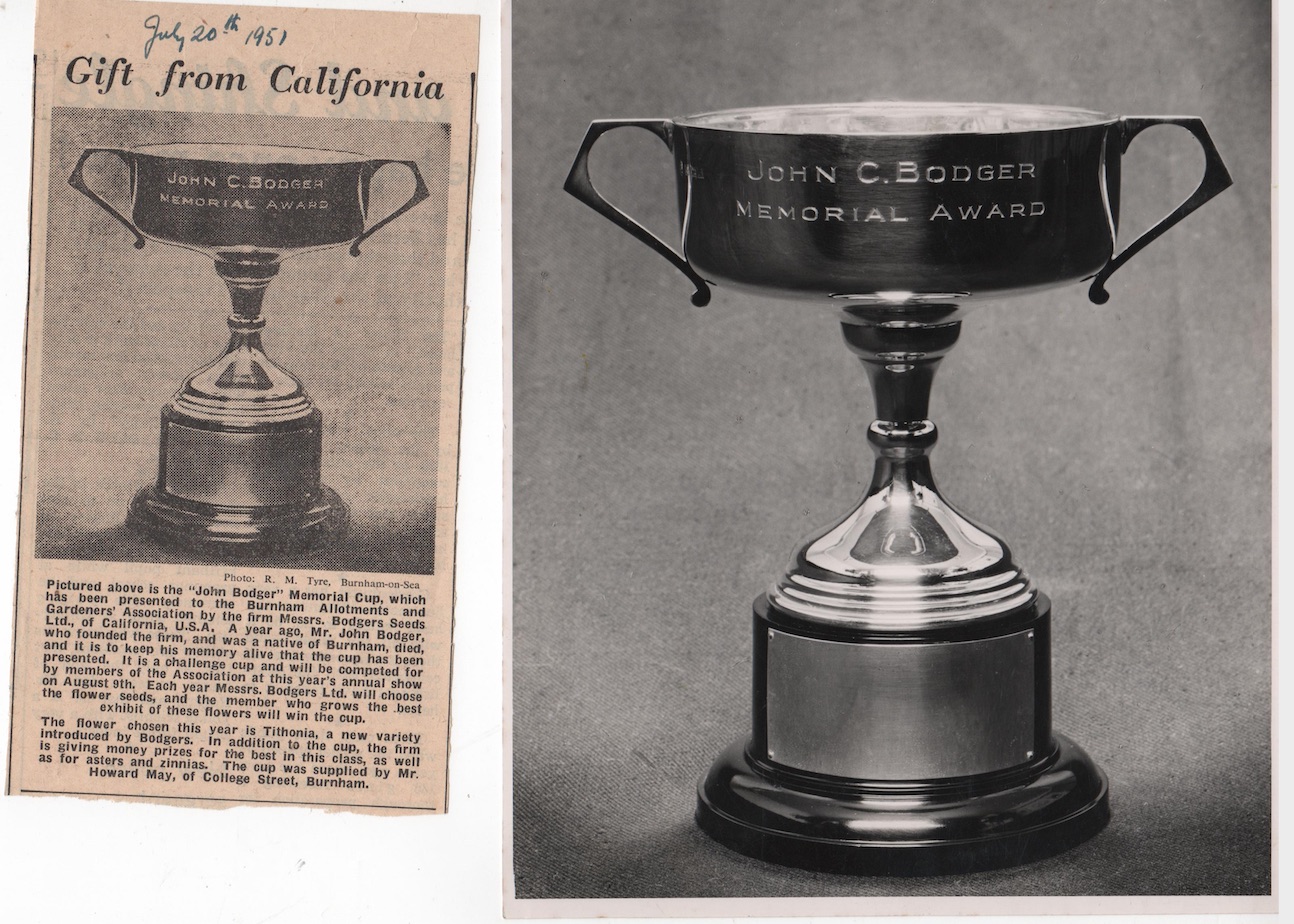
Local Press report 1909:
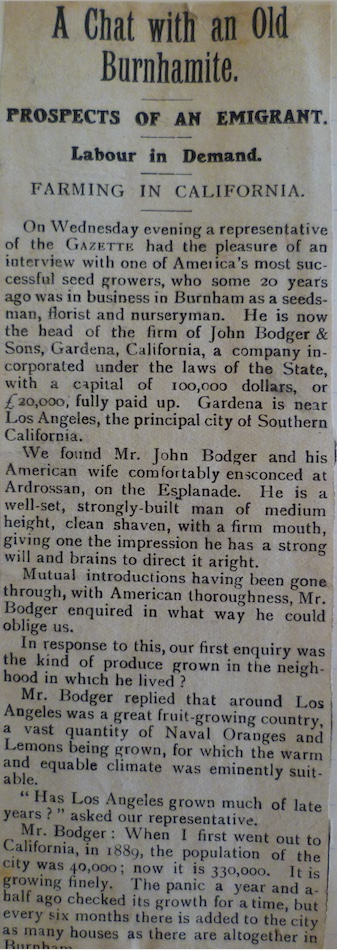
OPENING TO PUBLIC 1905
The Ward Lock Guide to Weston-super-mare from around 1915 tells us that the property was acquired by the local authorities in 1903 and that the Manor House had been converted into a cafe.
Western Daily Press, February 1904:

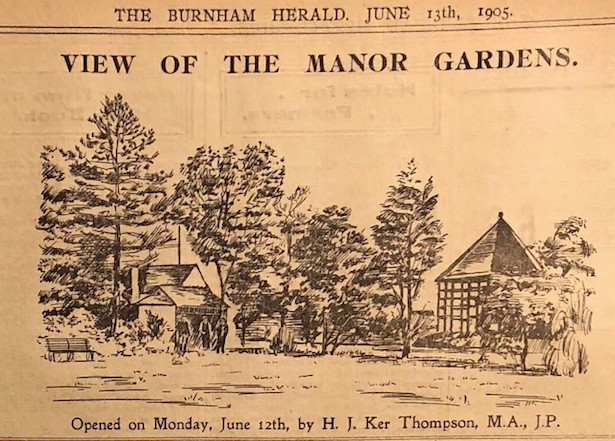
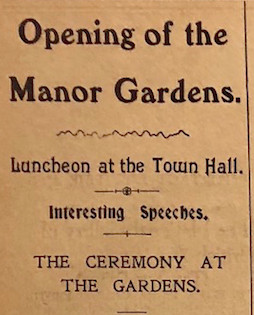
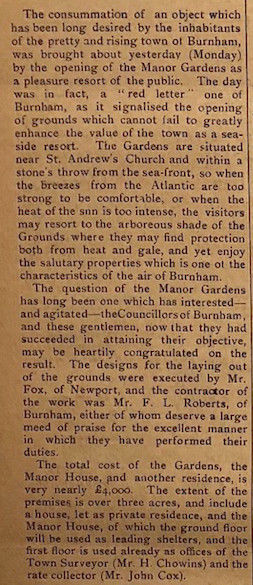
Here is a brief report of the first season from a local press retrospective on 1905:
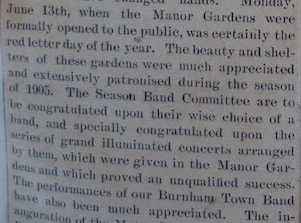
Map below is from o.s. 1921-43 and shows changes made for the public gardens including new west entrance , bandstand and paths.
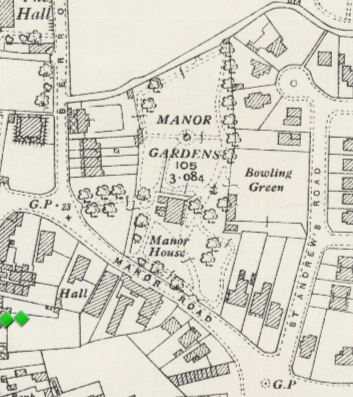

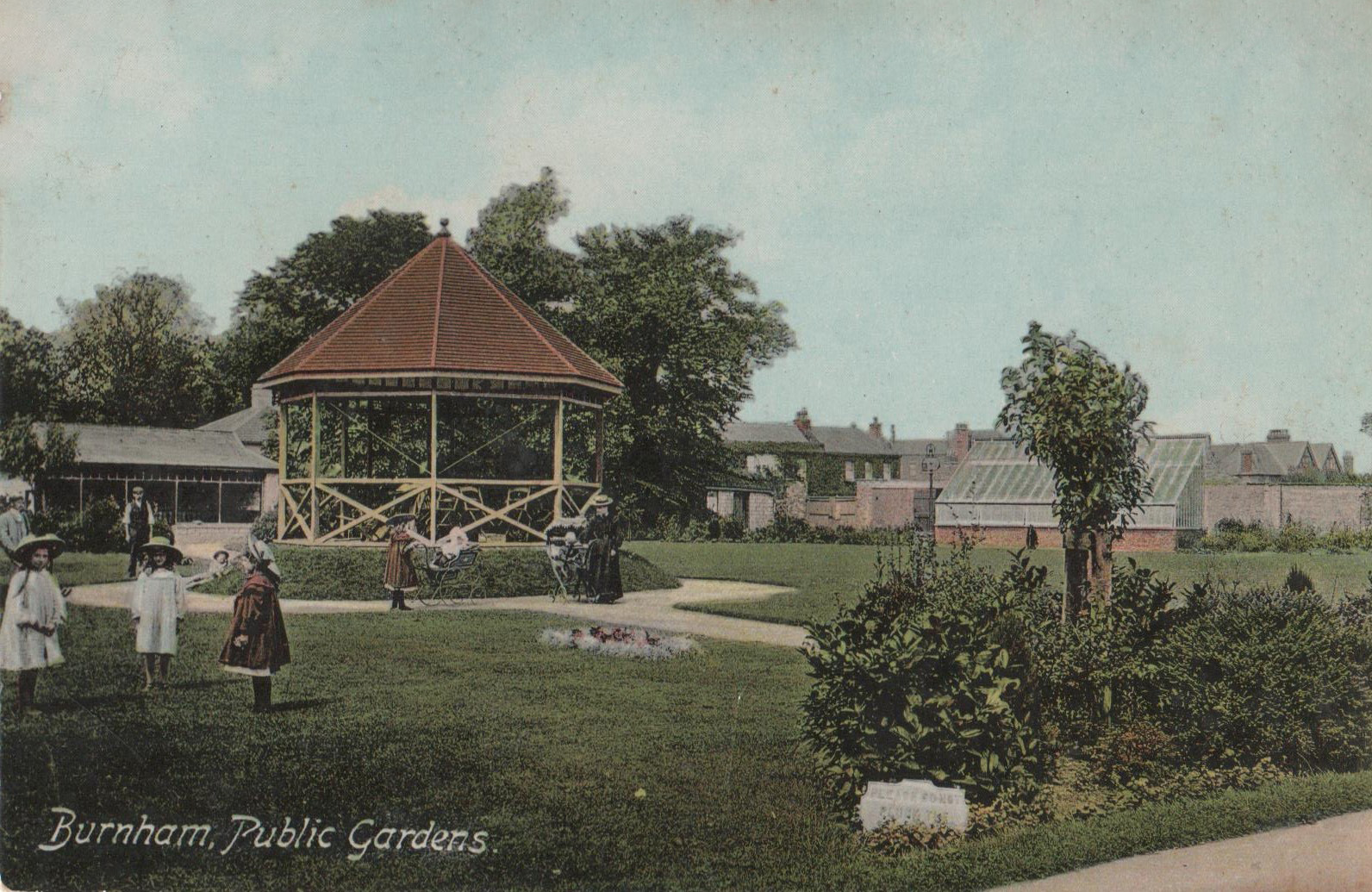
Judging by the costumes the photo above was probably taken not long after the opening to the public. Some of the glasshouses remain. The shelter, which many will remember, can also be seen in the background. The bandstand has since been replaced.
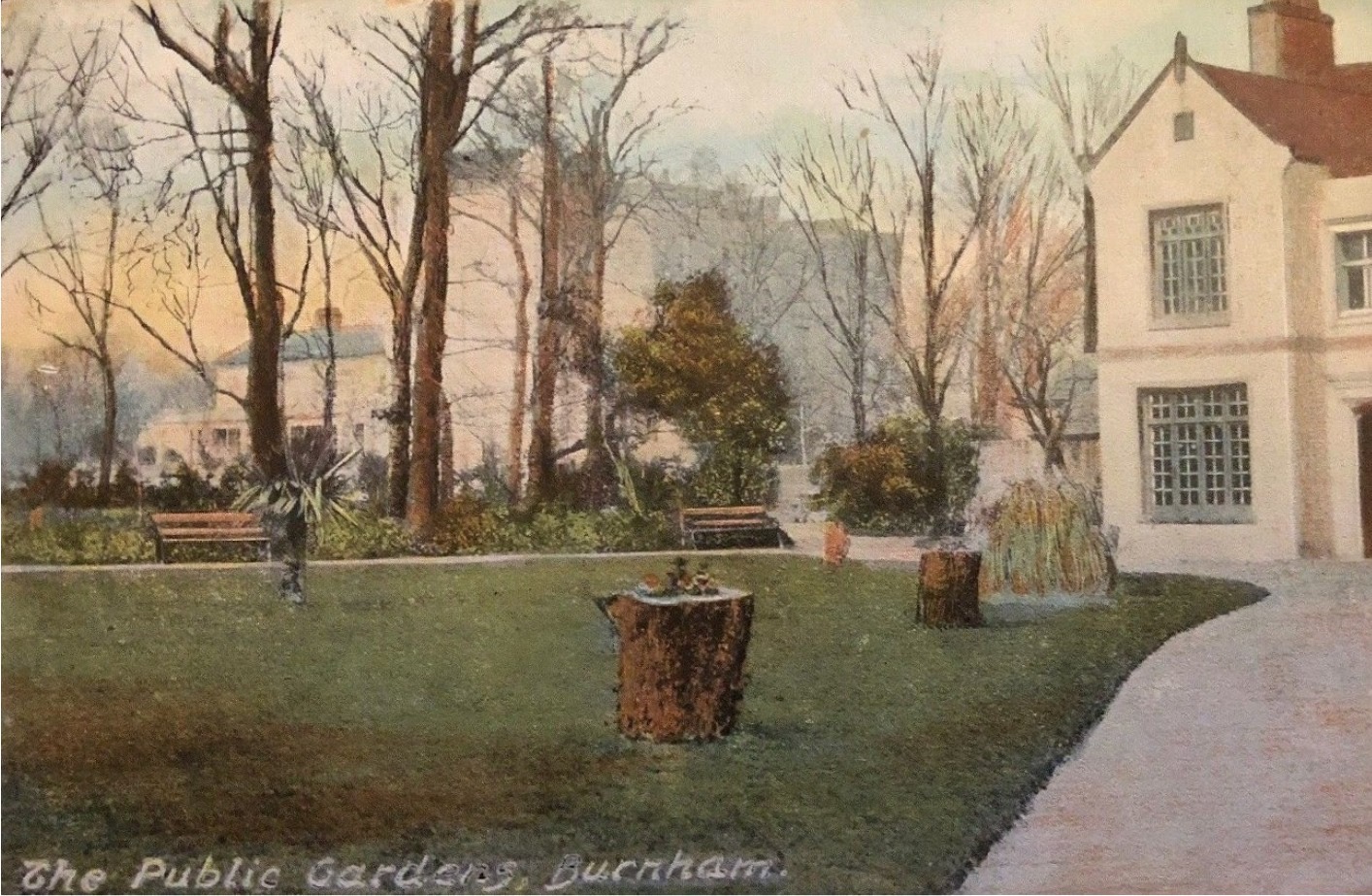
Above: early coloured card in which Brunswick Terrace (303 on O.S. map above) can be seen in background. This terrace was constructed sometime during the early part of the 19th century by John Adams next to Brunswick Cottage (305), which stood on the site of the later open air theatre (see below). It was initially known as Brunswick Place.
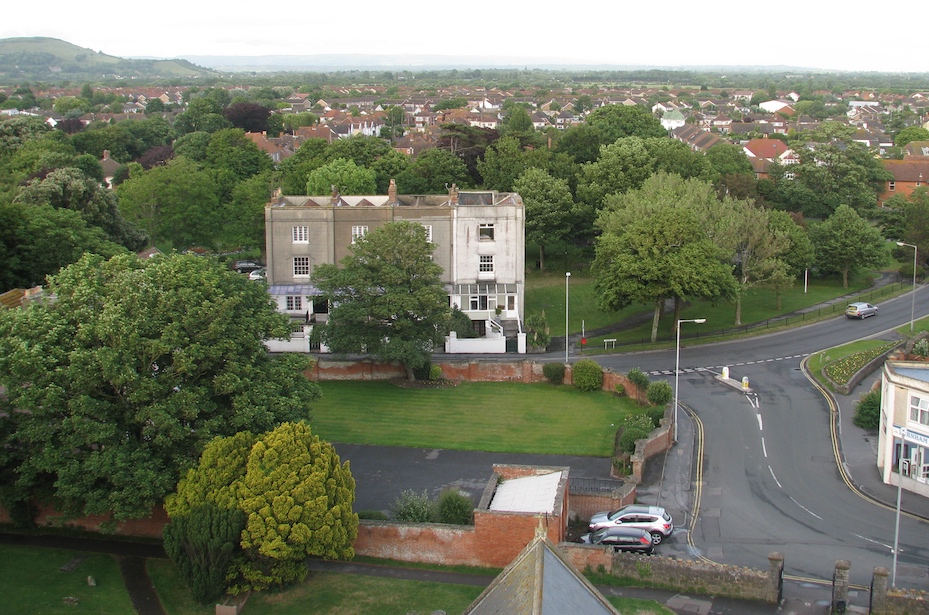
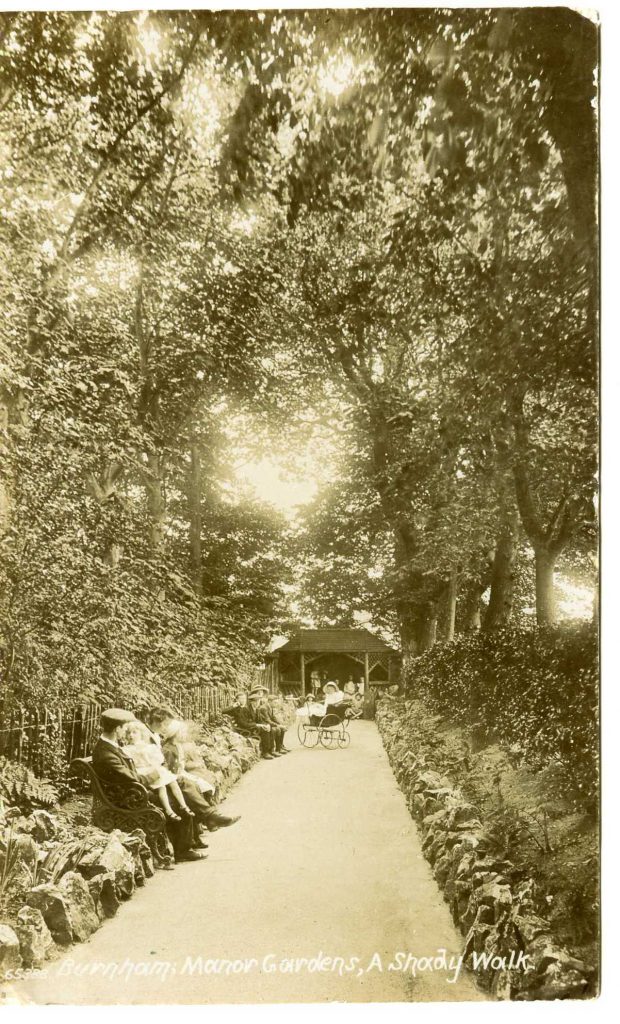
The location of the above photo is something of a mystery. One theory is that it may have been reversed (i.e. benches really to the right) and that it could have been along the western boundary of the gardens behind Brunswick Terrace, before the new shelter was built. The photo below shows a later view of that area. However although the arrangement of benches and stone walls is similar, the position of the old trees relative to walls & benches does not seem right. Alternatively the mystery picture could have been the south end of that path, running towards a dead end at Manor Road, opposite the Church Hall, before that road was widened. In either case it was possibly the remains of the drive from Manor Road to what may have been the Manor stables / coach house (see top map).
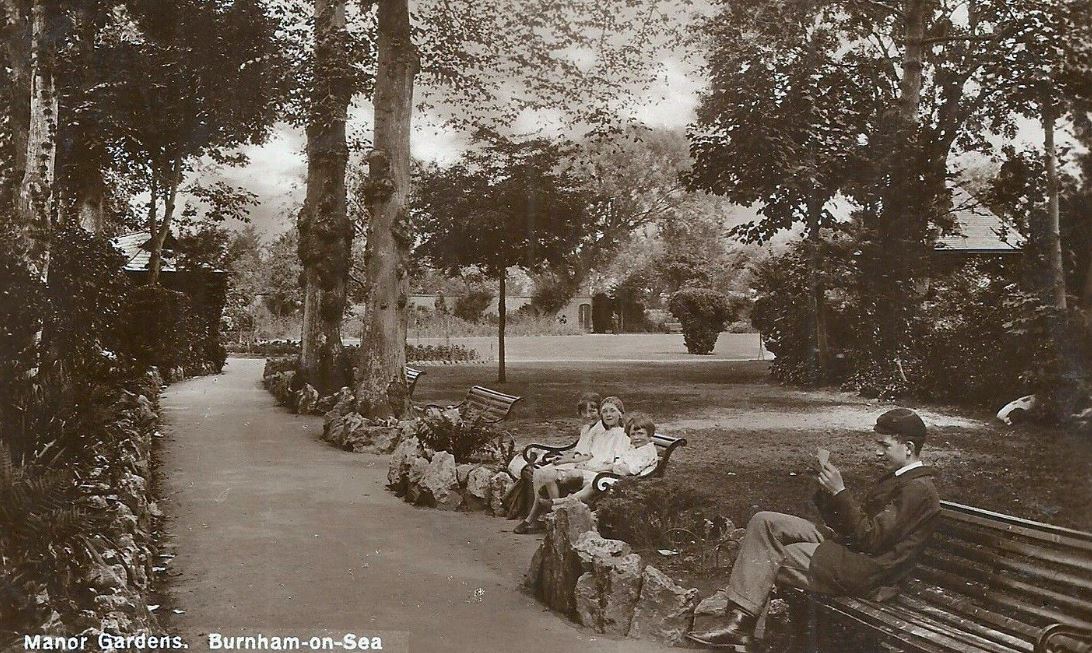
Some parts of the gardens were quite woody as can be seen from the photo at the top of the page, which is of the entrance opposite the Church (photo below). This entrance was not original but presumably created for the public opening. Unfortunately the ornate entryway is long gone.
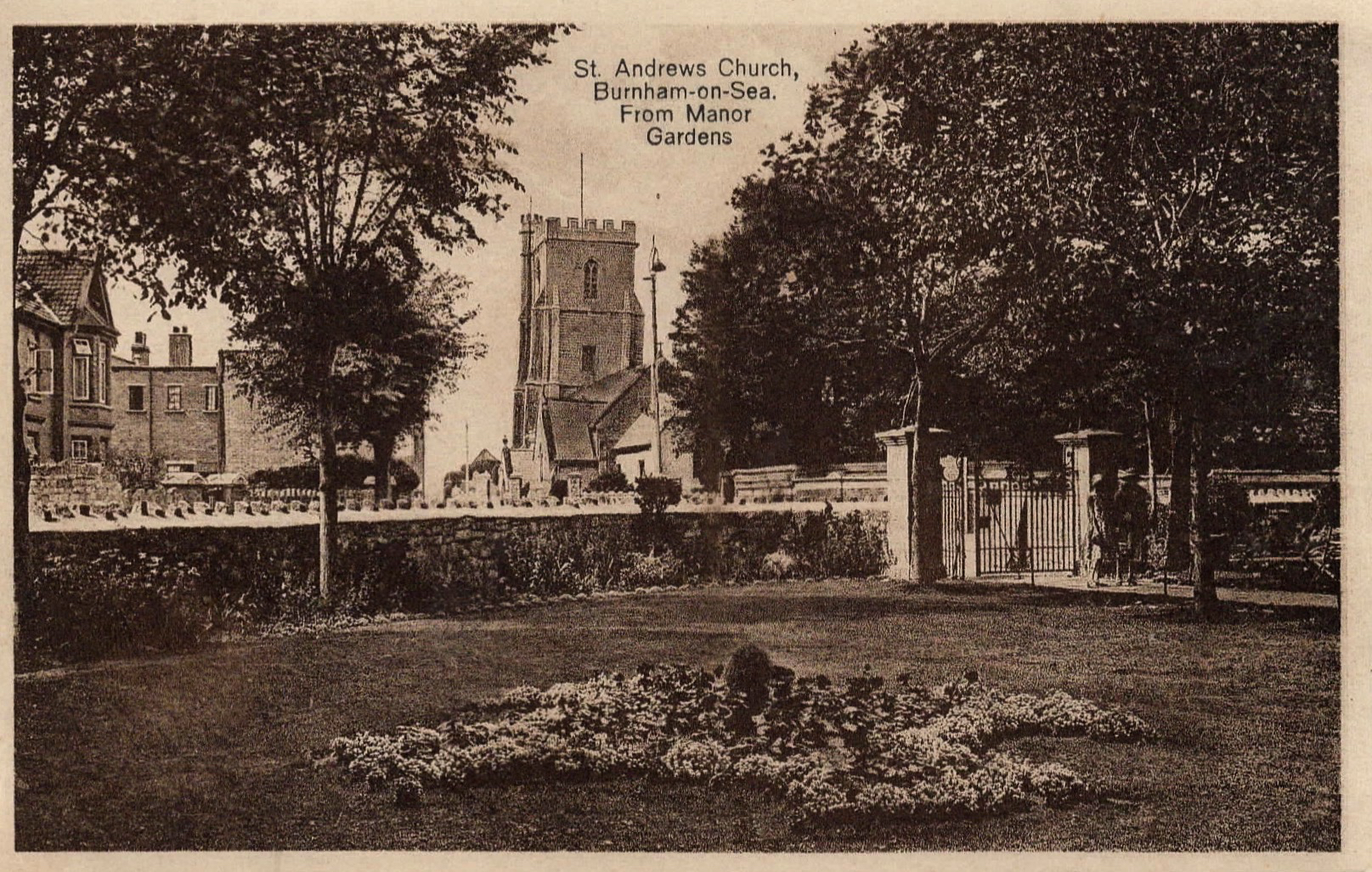
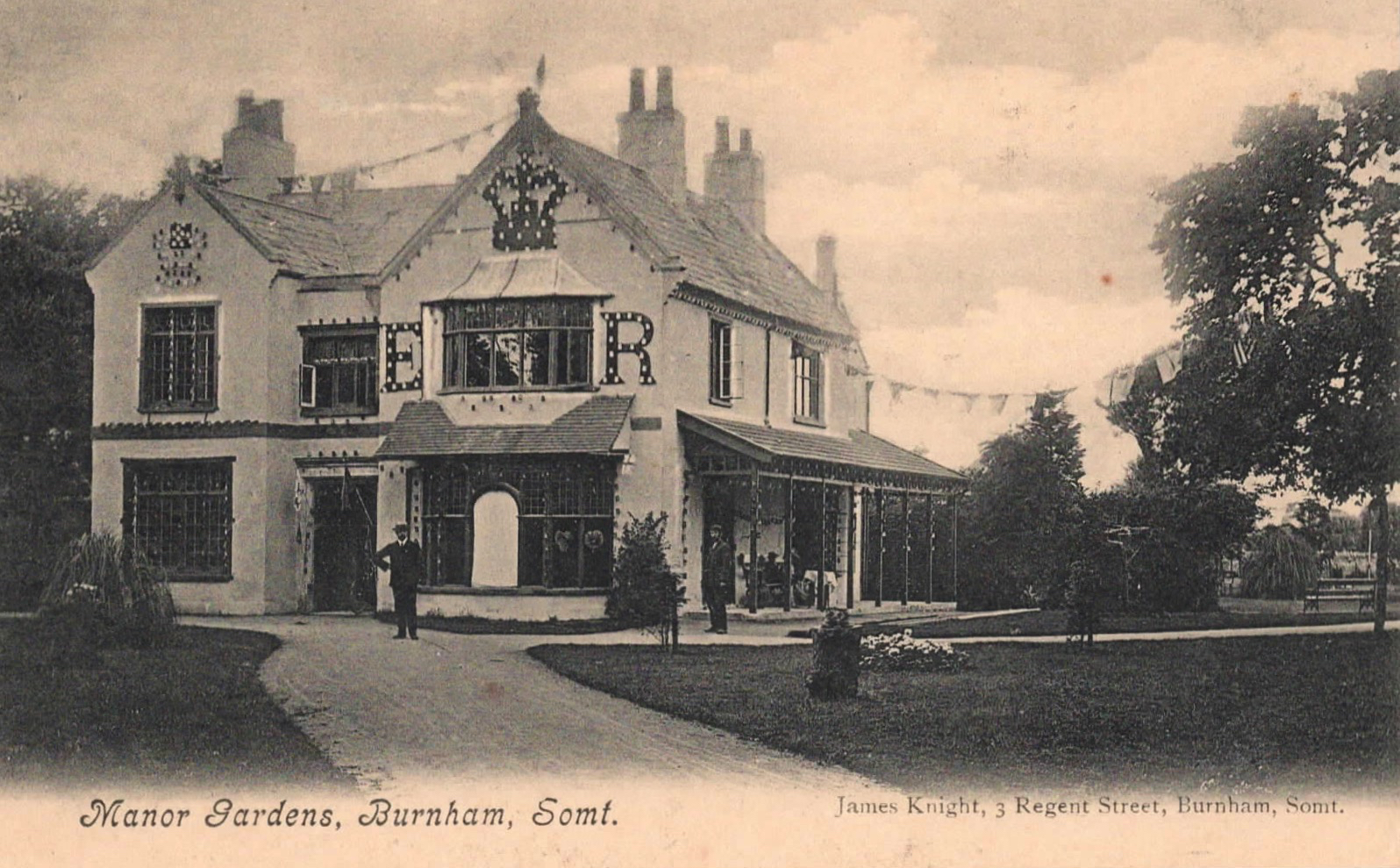
Above: house decorated for the coronation of Edward VII.
PERFORMANCES
At one time an open air theatre existed, on the site of the old Brunswick Cottage at the back of Brunswick Terrace, with seating on what is now the vet’s car park. Various performances were put on here during the summer seasons. The stage building was eventually developed to become the tourist information centre for a period and is now a veterinary surgery. (see also ‘Crosses Pen‘)
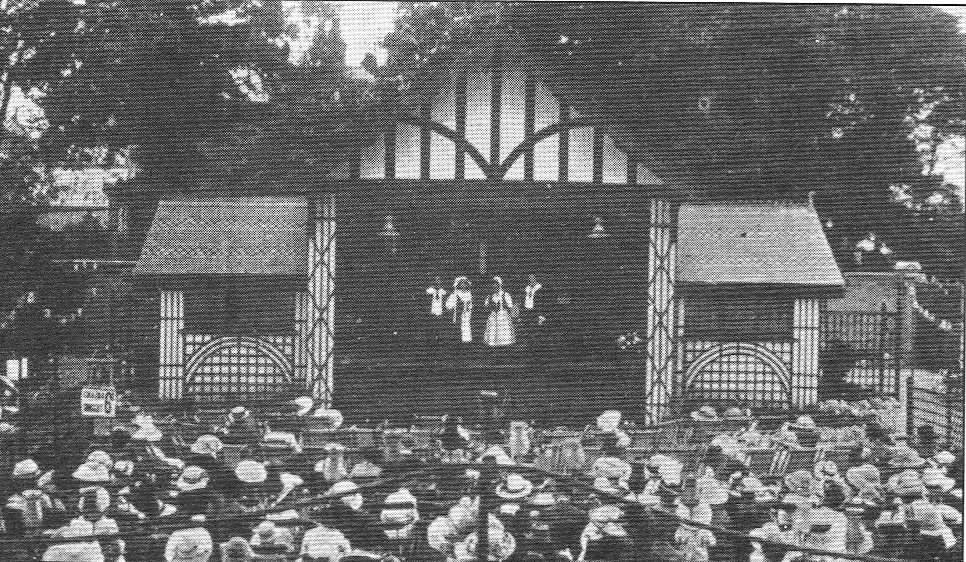
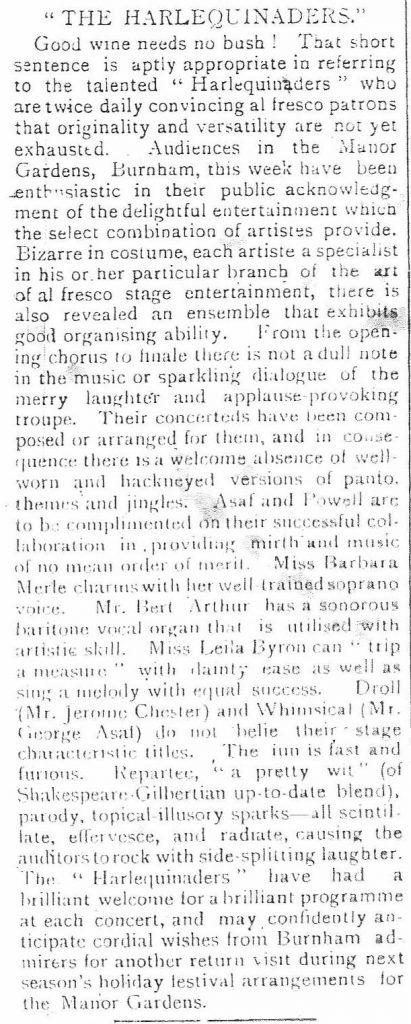
Above article from Burnham Gazette 22nd August 1914.
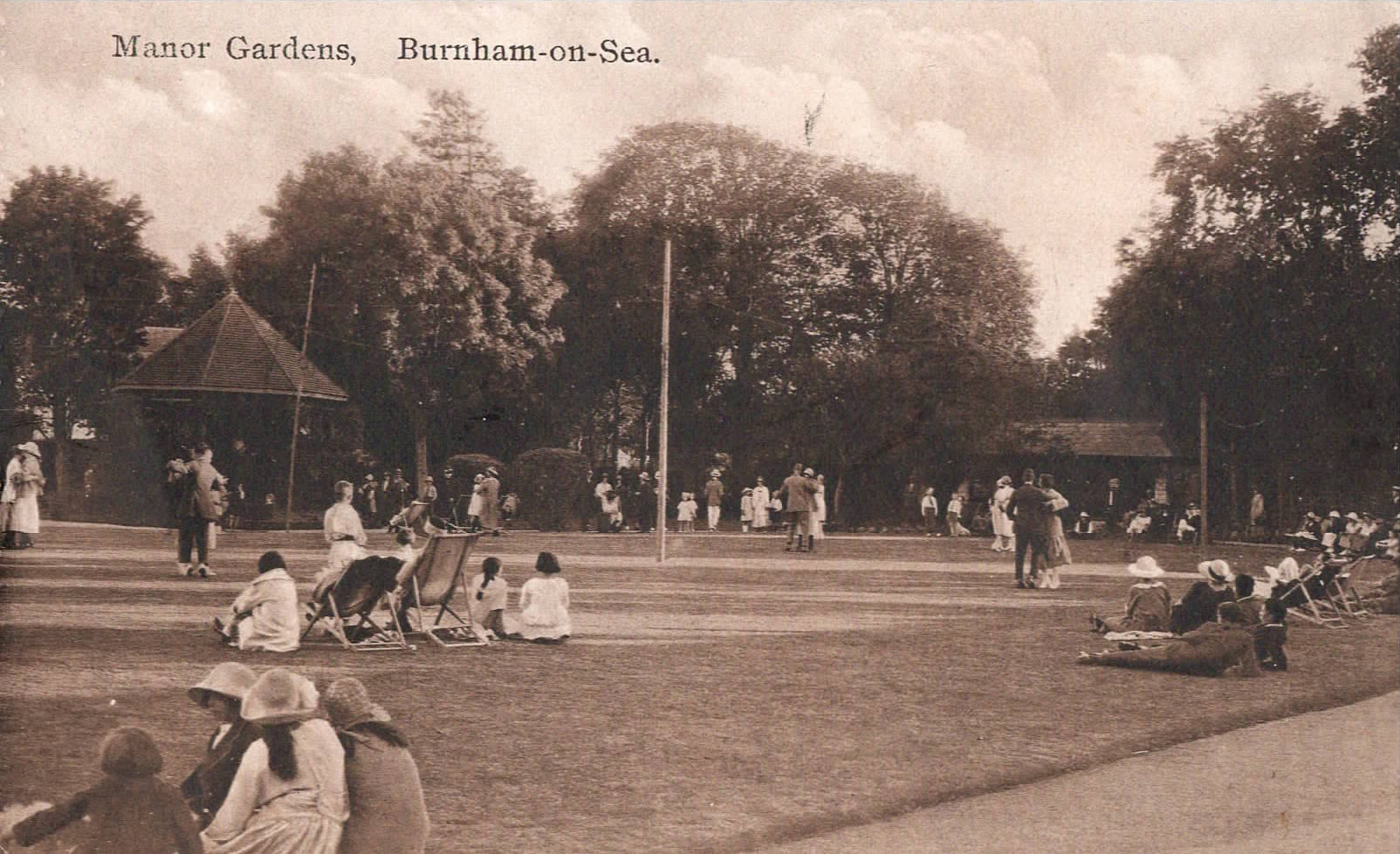
On the above postcard people can be seen dancing so it is likely that a band concert was underway.
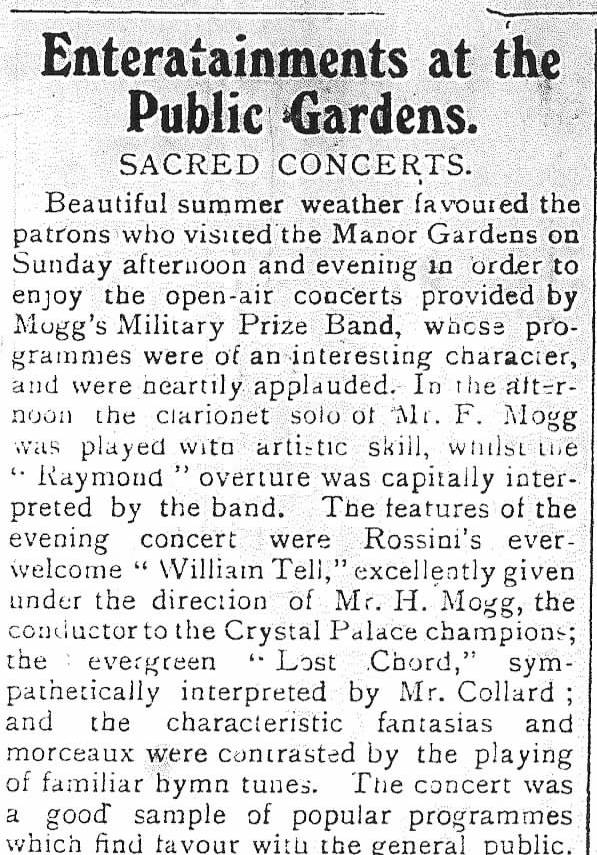
Above notice from Burnham Gazette 22nd August 1914.
Memories of Manor Gardens (from Burnham & Highbridge Weekly News October 1991)
Mrs Ena Loxton (85): “The gardens have always been such a happy place for local people. When I was a child we were always dressed in our best clothes for a Sunday outing there. In those days there was a lovely little bandstand and people used to dance on the grass. It may not have been a ballroom floor but everyone enjoyed themselves.”
Mr John Carey (83): “The flower beds were always so well kept and the gardeners took a great pride in their work.”
Mrs Elizabeth Carmen about fetes held in the gardens: “They were so colourful and cheerful. At one time there was a cafe there and the whole area was an oasis of peace and quiet.”
Mrs Clare Crenol: “The tea room was run by Mr & Mrs Charles Lewis. Later they went to look after the Commercial Hotel, which is now an Estate Agents. The caretakers of the Manor House were a Mr and Mrs Plummer. I remember he used to close the big iron gates every night and always looked after the place very well.”
Mrs Heather Cavell: “Talent shows were held on the little stage and the local band used to play. It was always a quiet and gentle spot. The hospital fete was held there every year. There used to be a huge mulberry tree in the gardens and children collected the leaves and fed them to silk worms which they kept in those days.”

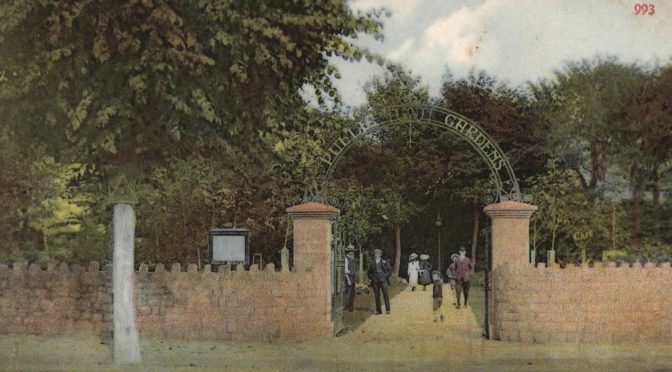
Hello, I wondered if you could contact me, we have spoken before bu ti have lost your email address.
I write the weekly ‘this week in the news’ and in a few weeks time I have the story of the drowning of two of Mr Bodgers children – and just wondered if i you would allow me to use a pic of the Bodgers, as in the write up i will tell the readers little bit about the family as they sound really interesting
Hello Ann Marie,
I have contacted you on your email address. We do not own the copyright for this image and it was given to us in good faith. There is no commercial interested in this site and on this basis I have sent you a copy of the image.
Thanks for helping to keep our history in the public domain.
John